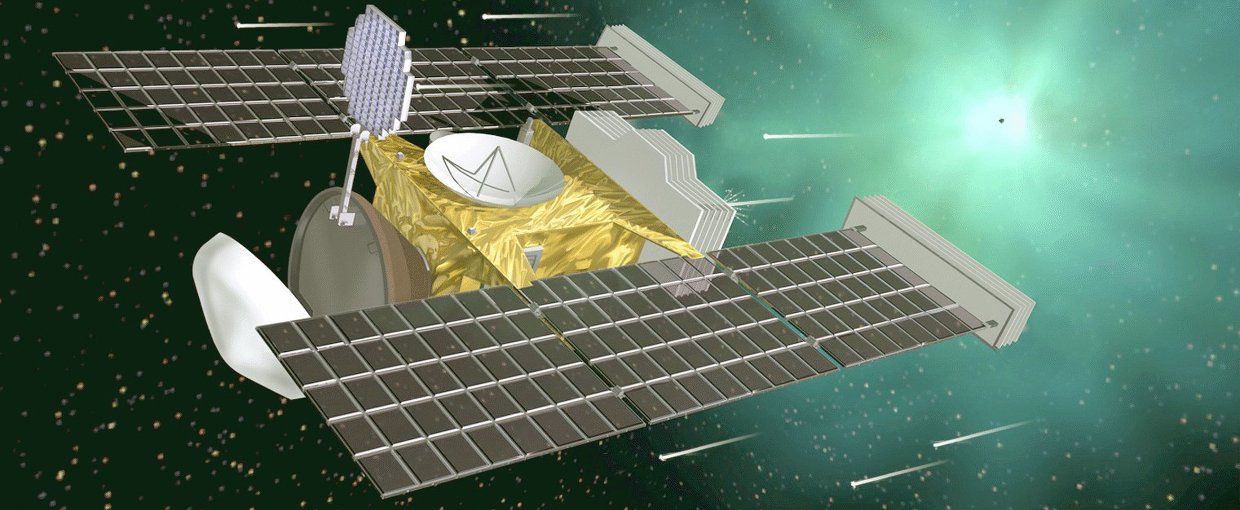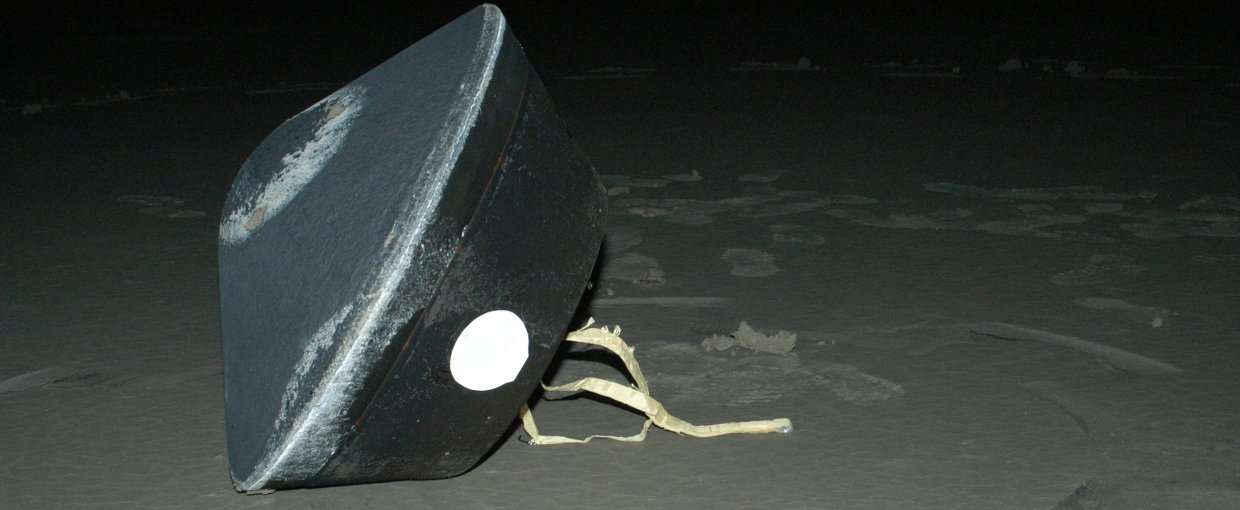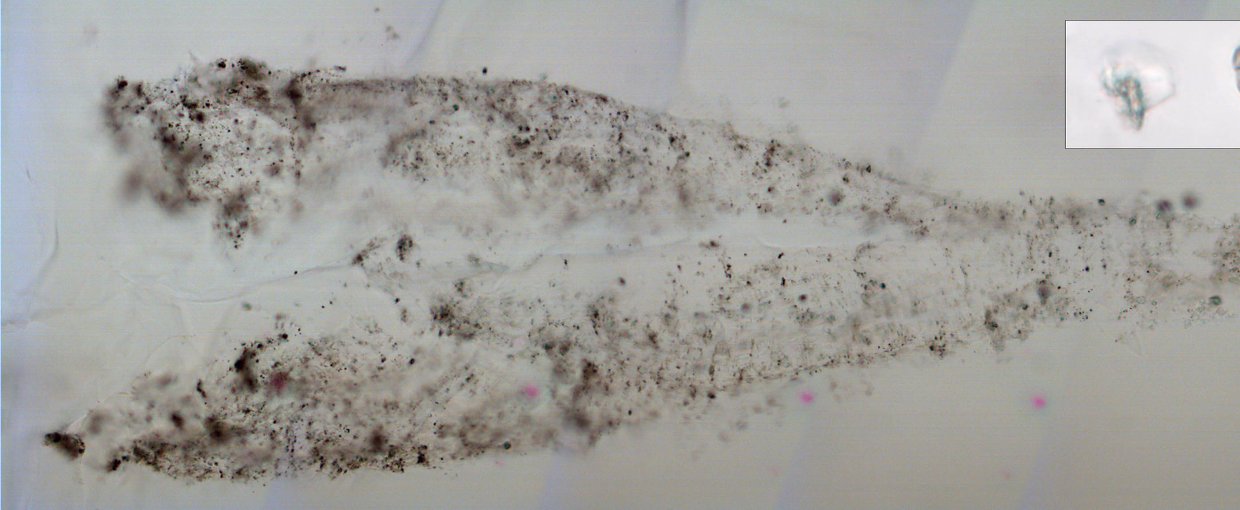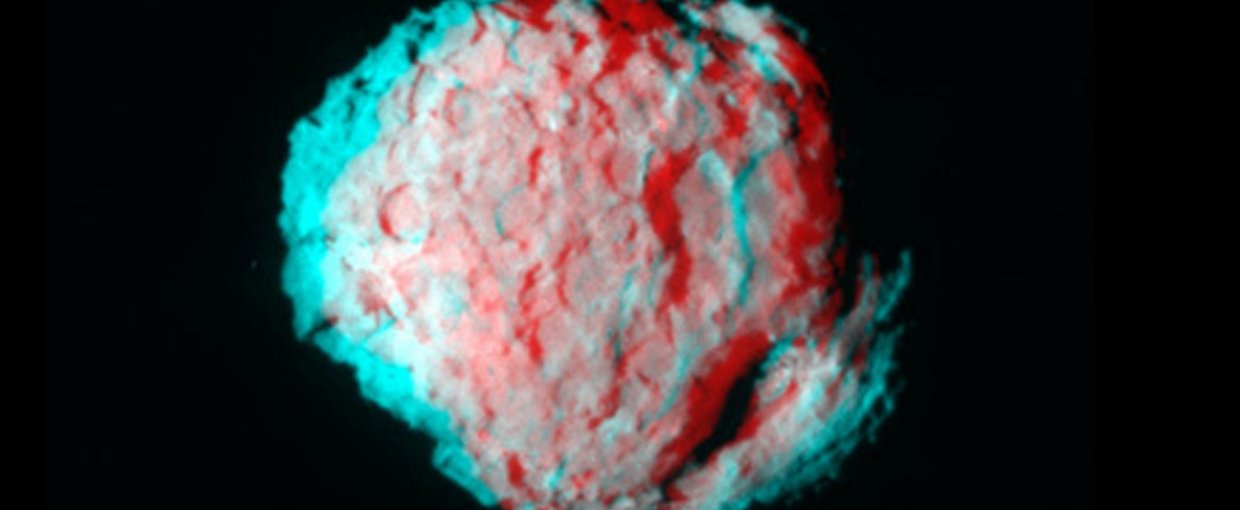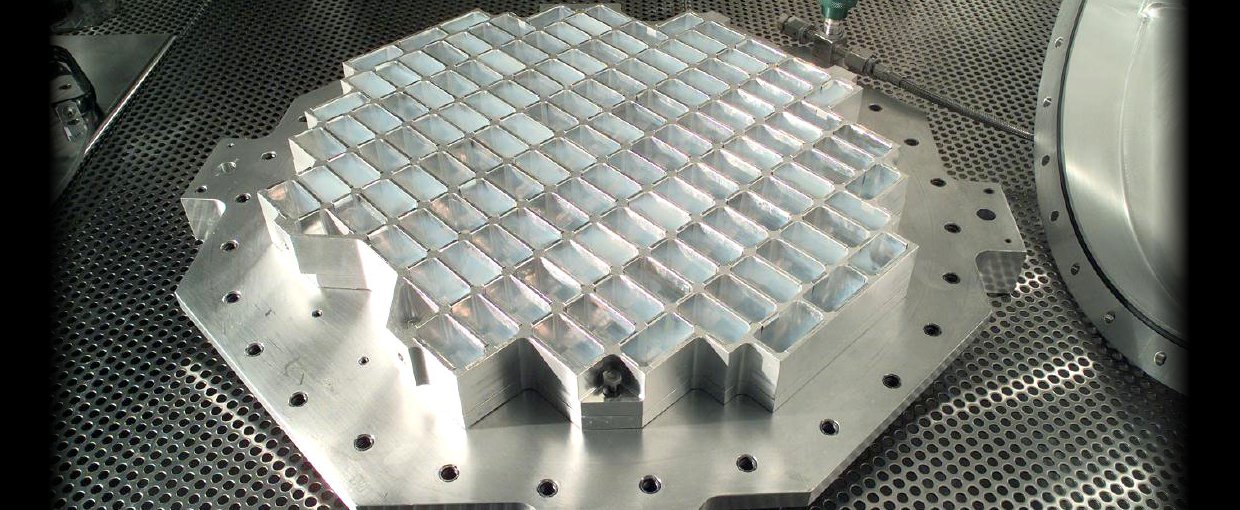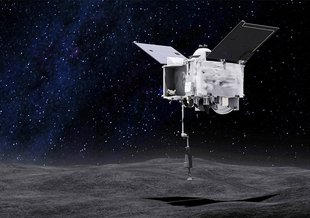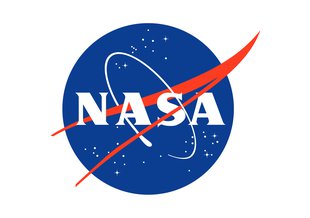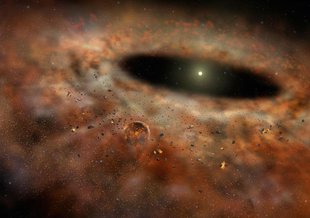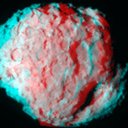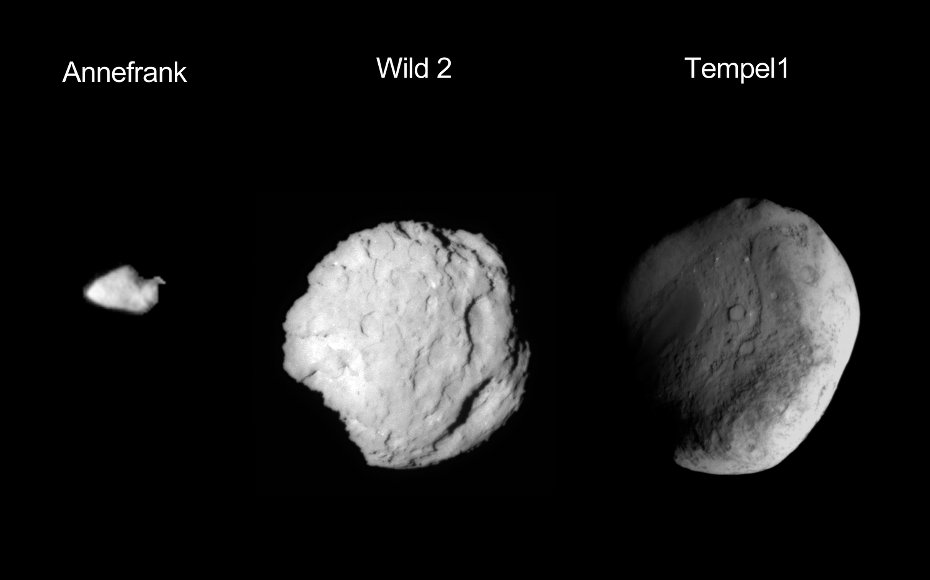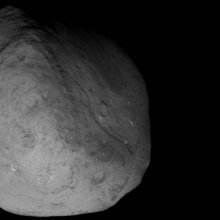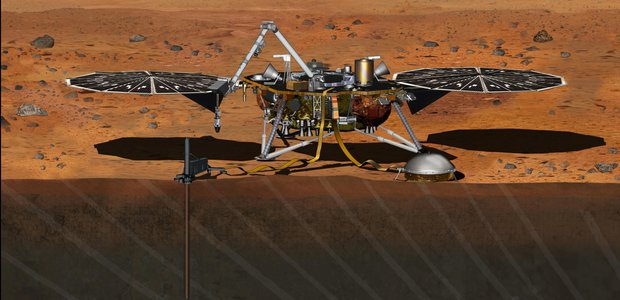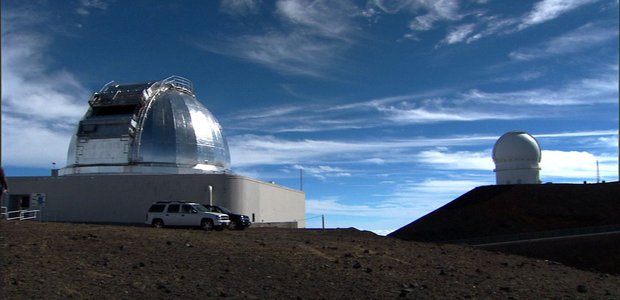- Launch Date February 06, 1999
- Arrival Date January 01, 2004
- End DateMarch 08, 2011
- Mission TypeSample Return
- TargetComet
Mission Overview
The primary goal of the Stardust mission was to collect samples of a comet and return them to Earth for laboratory analysis. In 2004, Stardust made a close flyby of comet Wild-2, collecting comet and interstellar dust in a substance called aerogel. Stardust was the first spacecraft to return a cometary sample and extraterrestrial material from outside the orbit of the moon to Earth.
Two years later, the samples made it back to Earth in a return capsule that landed in the Utah desert. The Stardust mission samples indicated that some comets may have included materials ejected from the early sun and may have formed very differently than scientists had theorized.
The spacecraft, which was still operational, was later recycled for the Stardust-NExT mission, which flew by comet Tempel 1 on Feb. 14, 2011.
Relevance to Astrobiology
Comets are ancient bodies of frozen ice and dust that formed beyond the orbit of the most distant planet. They were expected to contain materials that the Solar System formed from, preserved in ice for billions of years. Studying comets can help astrobiologists understand the processes behind planet formation in our solar system, conditions that led to habitability on Earth, and the potential role of comets in delivering key ingredients for the origins of life.
NASA Astrobiology Involvement
Researchers supported by NASA Astrobiology through the Emerging Worlds Program, the Laboratory Analysis of Returned Samples (LARS) Program, and the NAI had a vital role in development, operation, and data analysis of the Stardust mission.
The Astrobiologists
Researchers working on projects funded through the Emerging Worlds Program include: Diane H. Wooden at the NASA Ames Research Center (ARC), Don Brownlee at the University of Washington, David Joswiak at the University of Washington, Ann N. Nguyen at NASA’s Johnson Space Center (JSC), Scott Messenger at NASAJSC, and Hope A. Ishii at the University of Hawaii.
Researchers working on projects funded through the Laboratory Analysis of Returned Samples (LARS) Program include: Don Brownlee at the University of Washington, David Joswiak at the University of Washington, Ann N. Nguyen at NASA’s Johnson Space Center, Scott Messenger at NASAJSC, Hope A. Ishii at the University of Hawaii, and Michael E. Zolensky at NASAJSC.
The NASA Astrobiology Institute (NAI) element of the NASA Astrobiology Program supported Stardust through a number of the NAI teams. Don Brownlee at the University of Washington Team served as Stardust Principal Investigar. Scott Sandford of the NASA Ames Research Center Team served as a Co-Investigator and was heavily involved in the analysis of samples. George Cody of the Carnegie Institution of Washington Team studied organics captured from come Wild 2.

